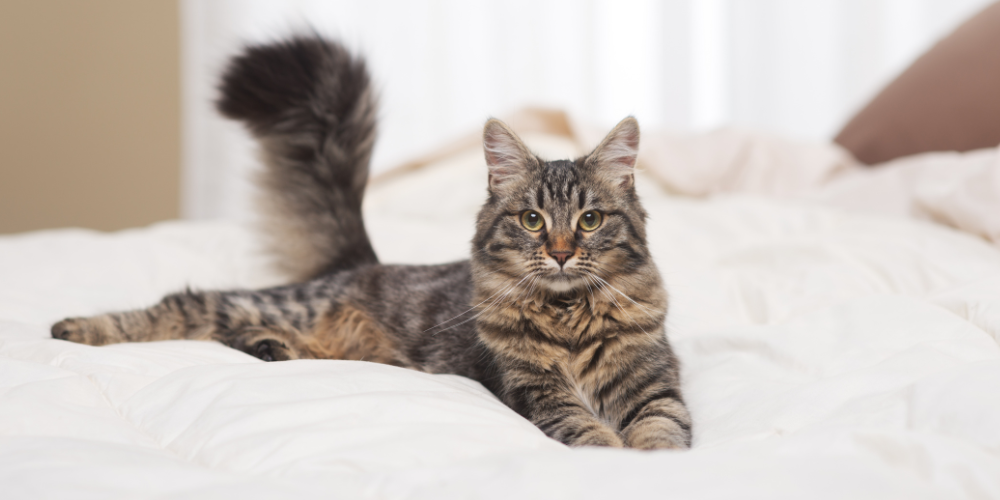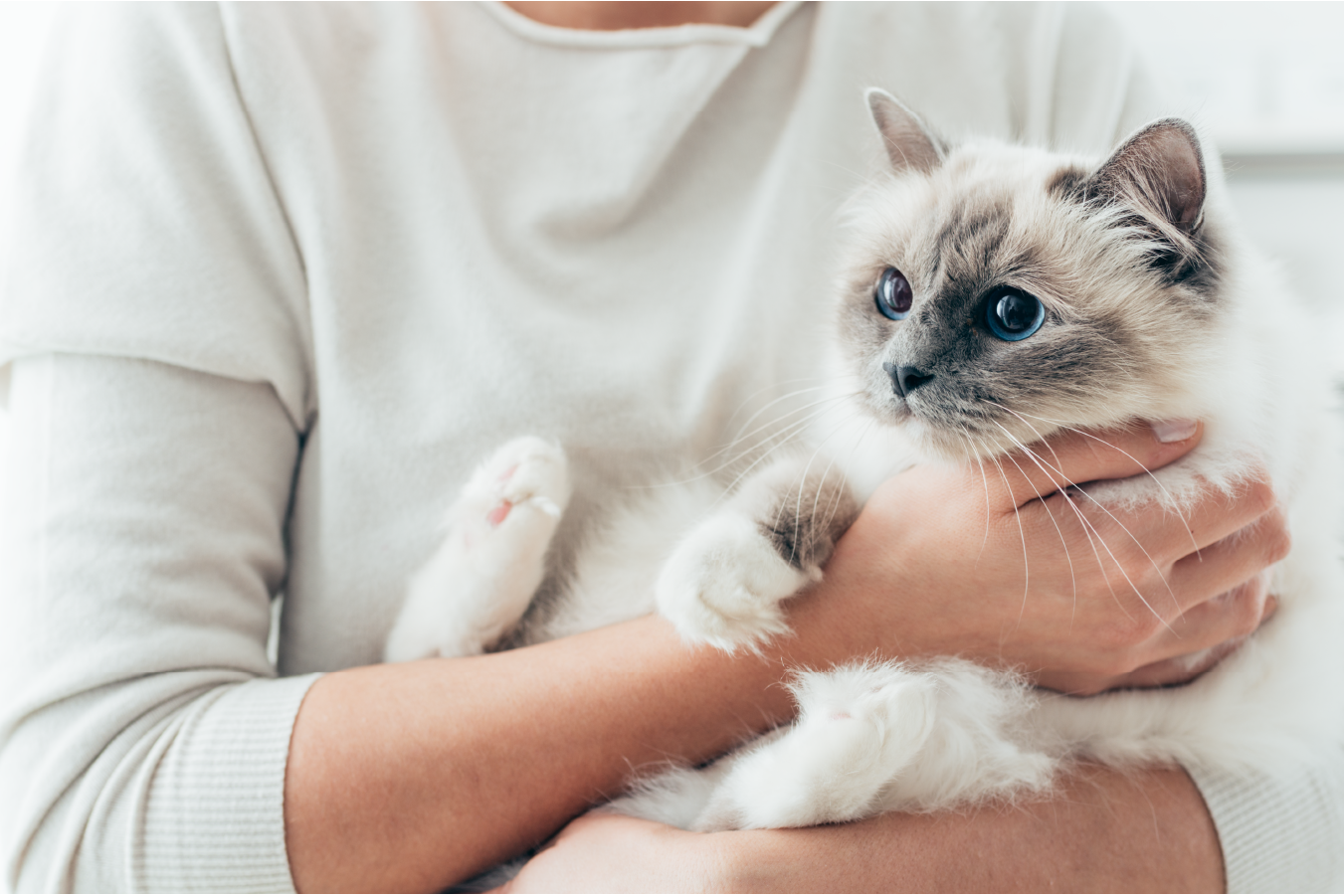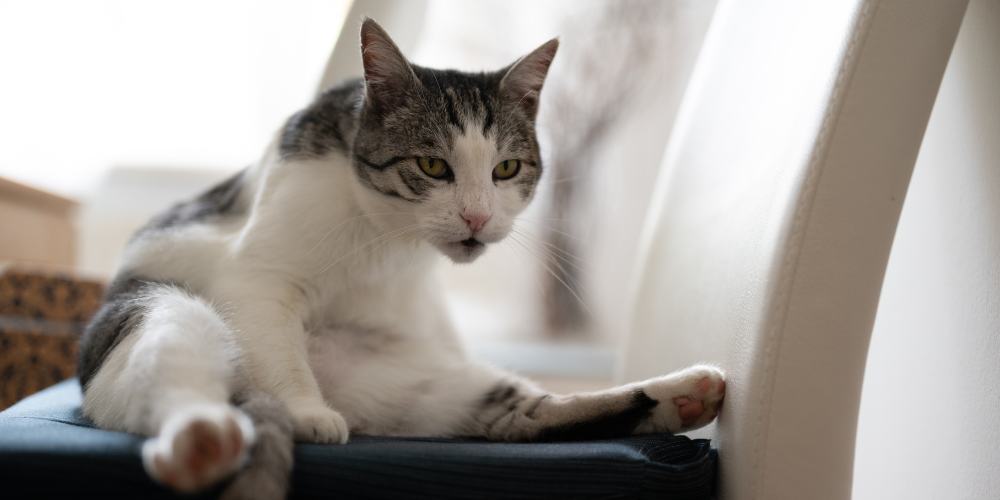
Kidney disease is one of the most common health problems in cats, particularly as they age. Did you know that up to 30% of cats over the age of 10 are affected by chronic kidney disease? If your feline friend has been drinking more water, urinating frequently, or showing signs of weight loss, it could be a sign of kidney trouble. Let’s break down what kidney disease means, its causes, and how to help your cat live comfortably with it.
What Is Kidney Disease in Cats?
Kidneys are vital for a cat’s overall health, as they filter waste, regulate hydration, and balance minerals in the blood. When kidney function declines, toxins can build up, leading to health issues.
There are two types of kidney disease:
- Chronic Kidney Disease (CKD): A slow-developing condition common in older cats.
- Acute Kidney Disease: Sudden kidney failure, often caused by toxins or infections, requiring immediate treatment.
Both types can affect your cat’s quality of life, but CKD is more prevalent and requires long-term management.
What Causes Kidney Disease in Cats?
Several factors can contribute to kidney disease in cats:
- Age: Older cats are more prone to CKD due to natural wear and tear on the kidneys.
- Dehydration: Cats often don’t drink enough water, which can strain their kidneys over time.
- Toxins: Ingesting substances like antifreeze, lilies, or certain medications can cause acute kidney failure.
- Infections: Bacterial infections can damage the kidneys if left untreated.
- Genetics: Some breeds, such as Persians and Abyssinians, are more susceptible to kidney disease.
- Dietary Issues: Low-quality diets lacking essential nutrients can contribute to kidney problems.
- Kidney Stones: Blockages caused by stones can lead to inflammation and damage to surrounding tissue.
Understanding these causes can help you take preventative measures, such as offering clean water, providing a high-quality diet, and avoiding exposure to toxins.
Symptoms of Kidney Disease in Cats
Kidney disease can be tricky to spot because cats often hide signs of illness. Watch for these symptoms:
- Increased thirst and urination
- Weight loss
- Loss of appetite
- Vomiting or diarrhoea
- Lethargy or depression
- Poor coat condition
- Bad breath with a chemical or ammonia-like smell
If you notice any of these, consult your vet for a diagnosis. Early detection can make a huge difference in managing the disease.
How Is Kidney Disease Diagnosed?
Your vet will use blood tests and a urinalysis to check for kidney issues. These tests measure waste levels, such as creatinine and blood urea nitrogen (BUN), and assess urine concentration. Imaging tests, like ultrasounds, may also be used to evaluate kidney structure and size.
Managing Kidney Disease in Cats
Although kidney disease can’t always be cured, it can be managed to improve your cat’s quality of life. Management strategies include:
- Specialised diets: Kidney-friendly diets with reduced phosphorus and protein levels help slow disease progression.
- Hydration support: Encourage drinking by providing fresh water and considering wet food. In advanced cases, subcutaneous fluids may be needed.
- Medications: Your vet may prescribe drugs to control symptoms such as nausea, blood pressure, or anaemia.
- Supplements: Products like omega-3 fatty acids or probiotics may support kidney health.
- Regular vet visits: Frequent check-ups are essential to monitor progress and adjust treatment plans.
Caring for a Cat with Kidney Disease
Cats with kidney disease can still enjoy a good quality of life with the right care. Here are some tips to help your cat stay comfortable:
- Offer fresh, clean water in multiple places around the house.
- Feed small, frequent meals of vet-recommended food.
- Create a stress-free environment with cosy spots for rest.
- Monitor your cat’s behaviour and health closely, and report changes to your vet.
Summary
Kidney disease in cats is a serious condition, but with early detection and the right care, your cat can live a happy life. Understanding the causes and symptoms is key to ensuring your feline friend gets the help they need.
For more tips and resources on cat health, check out our cat health collection. Because when it comes to your cat’s well-being, we’re here to support you every step of the way.


